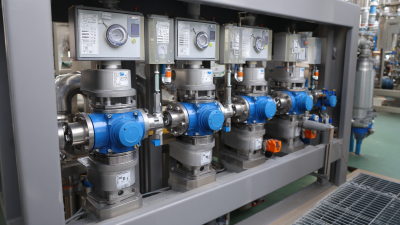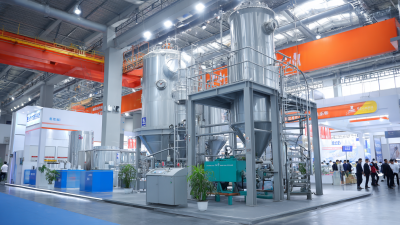In the rapidly evolving world of industrial automation, the demand for precision in fluid control has reached unprecedented heights. Central to this evolution is the advent of the Micro Dosing Pump, a revolutionary device that has transformed the way industries approach the dispensing of liquids. With its ability to deliver extremely small and accurate volumes of fluids, the Micro Dosing Pump not only enhances efficiency but also significantly reduces waste, leading to more sustainable practices.
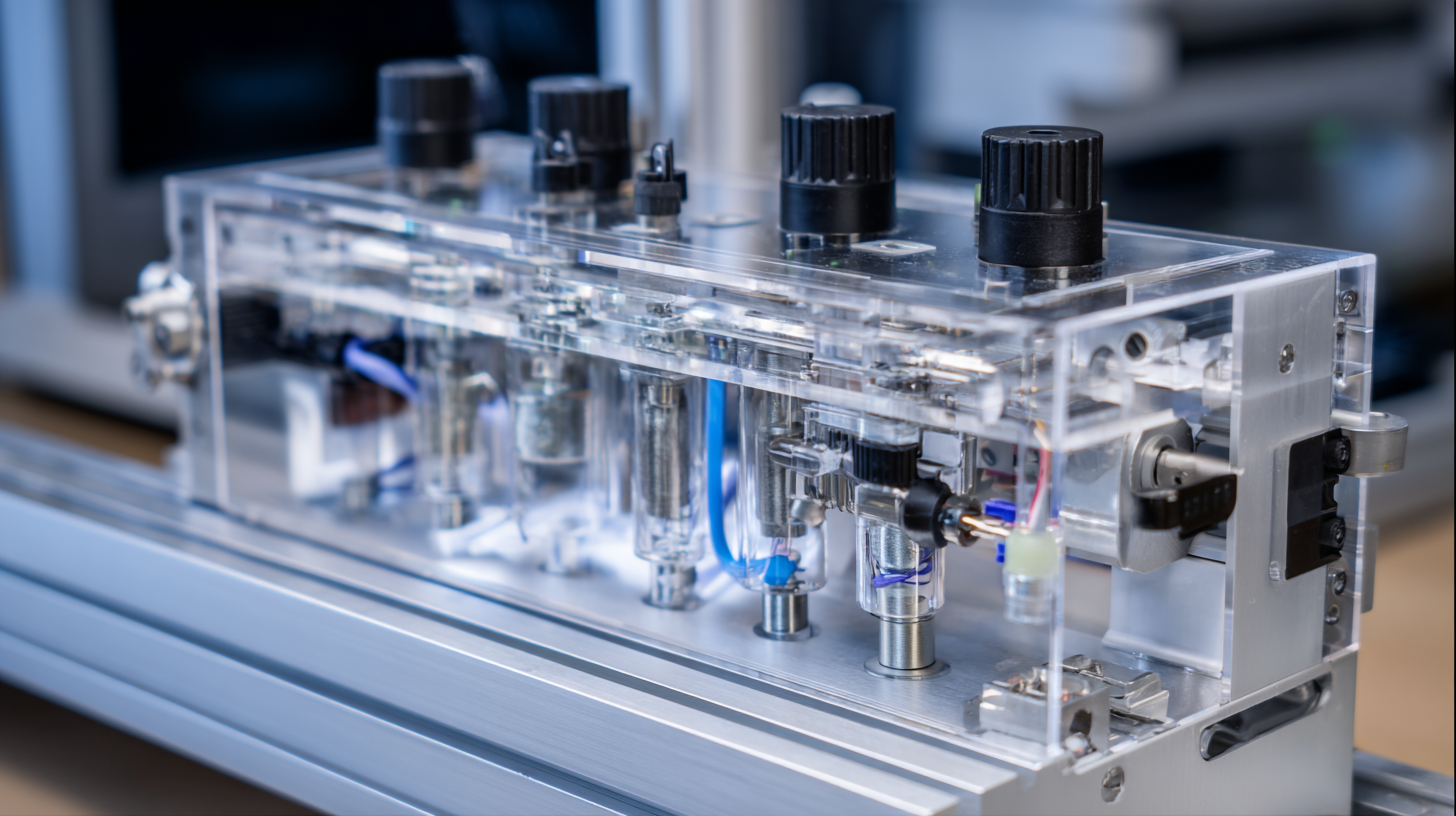
As we delve into insights and innovations surrounding this technology, it becomes evident that the integration of digital solutions is playing a crucial role in optimizing the performance of these pumps. This article will explore the latest advancements in micro dosing technology, offer practical tips for implementation, and highlight how this innovation is setting new standards in precision dispensing across various sectors.
Micro dosing pumps are at the forefront of precision fluid control, embodying advancements in technology that allow for highly accurate dispensing of liquids in various applications. These micro pumps, such as piezoelectric and peristaltic types, are designed to deliver small volumes of fluids with remarkable precision, making them essential in industries ranging from pharmaceuticals to semiconductor manufacturing. The growing demand for exact fluid control has spurred market growth, with the micro-pumps industry witnessing increasing investments and innovations.
One notable development is the integration of dual-pump systems in transdermal drug delivery applications. These sophisticated devices utilize piezoelectric micropumps in combination with microneedles, enabling a consistent and controlled release of medication directly through the skin. This novel approach not only enhances the effectiveness of drug delivery but also improves patient experience by offering a wearable solution. As the market for precision dispensing technology continues to expand, such innovations will likely play a pivotal role in shaping the future of various sectors.
| Aspect | Details |
|---|---|
| Dosing Accuracy | ±1% of set point |
| Flow Rate Range | 0.01 to 10 mL/min |
| Control Method | Digital and Analog options |
| Power Supply | 12V DC |
| Materials Used | Stainless Steel, PTFE |
| Common Applications | Pharmaceutical, Food & Beverage, Chemical Manufacturing |
| Technical Innovations | Smart Sensors, IoT Integration |
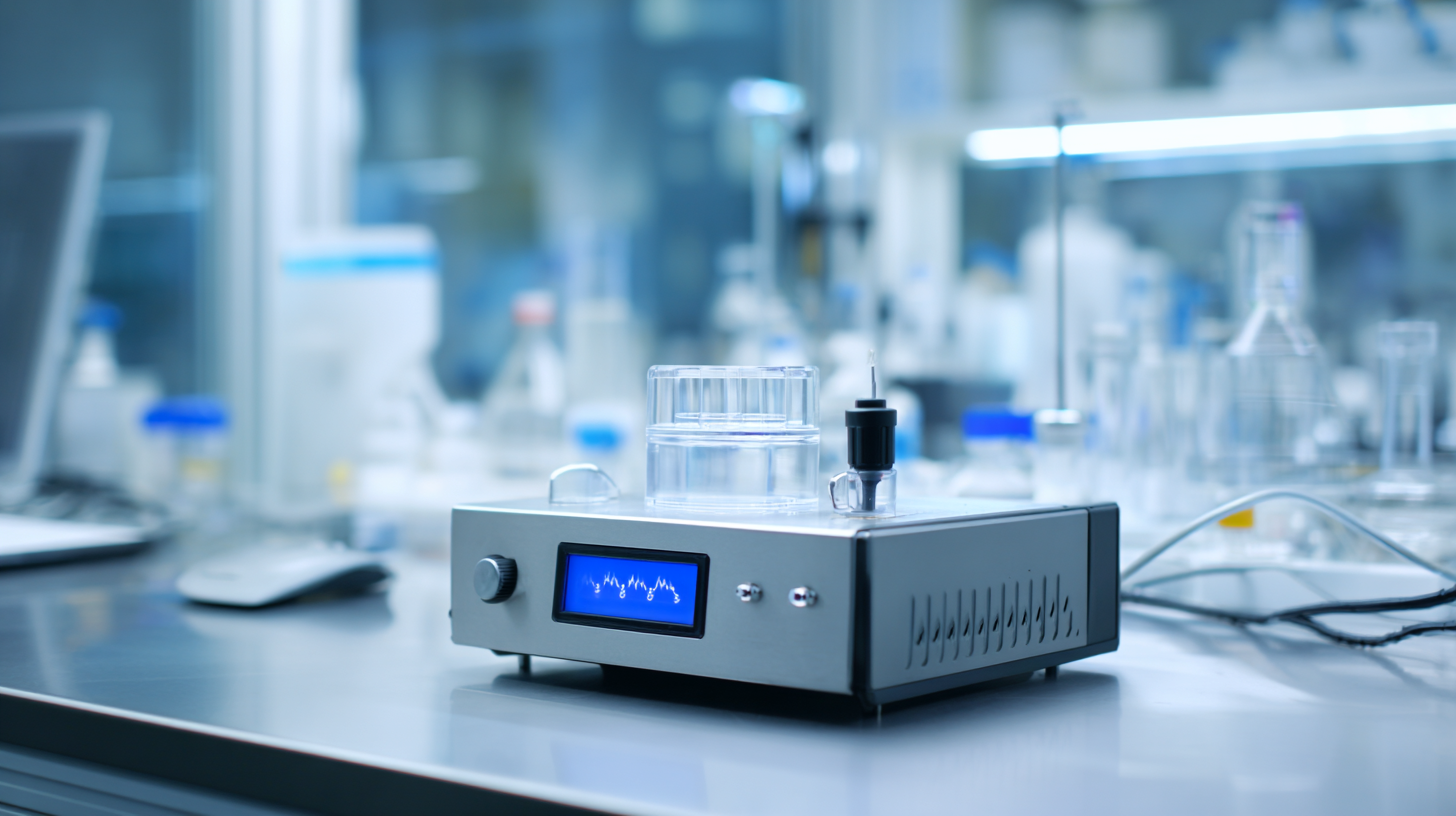 Micro dosing technology has seen significant advancements, transforming fluid control across various industries. According to a report by Research and Markets, the global micro dosing pump market is projected to reach $3.7 billion by 2026, growing at a CAGR of 7.5% from 2021. This growth is fueled by the rising demand for precision dispensing in pharmaceuticals, chemical processing, and food and beverage sectors. Micro dosing pumps offer enhanced accuracy, allowing manufacturers to dispense small volumes of liquids with minimal waste, thus optimizing operational efficiency and reducing costs.
Micro dosing technology has seen significant advancements, transforming fluid control across various industries. According to a report by Research and Markets, the global micro dosing pump market is projected to reach $3.7 billion by 2026, growing at a CAGR of 7.5% from 2021. This growth is fueled by the rising demand for precision dispensing in pharmaceuticals, chemical processing, and food and beverage sectors. Micro dosing pumps offer enhanced accuracy, allowing manufacturers to dispense small volumes of liquids with minimal waste, thus optimizing operational efficiency and reducing costs.
One of the key innovations in micro dosing technology is the integration of smart sensors and connectivity features. These innovations enable real-time monitoring and adjustments, enhancing the control and reliability of dispensing processes. A study published by the International Society for Pharmaceutical Engineering highlighted that companies adopting smart micro dosing solutions reported a 15% increase in production efficiency and a 20% reduction in material waste. As industries strive for sustainability and cost-effectiveness, the adoption of advanced micro dosing pumps is likely to accelerate, further driving the evolution of fluid control systems.
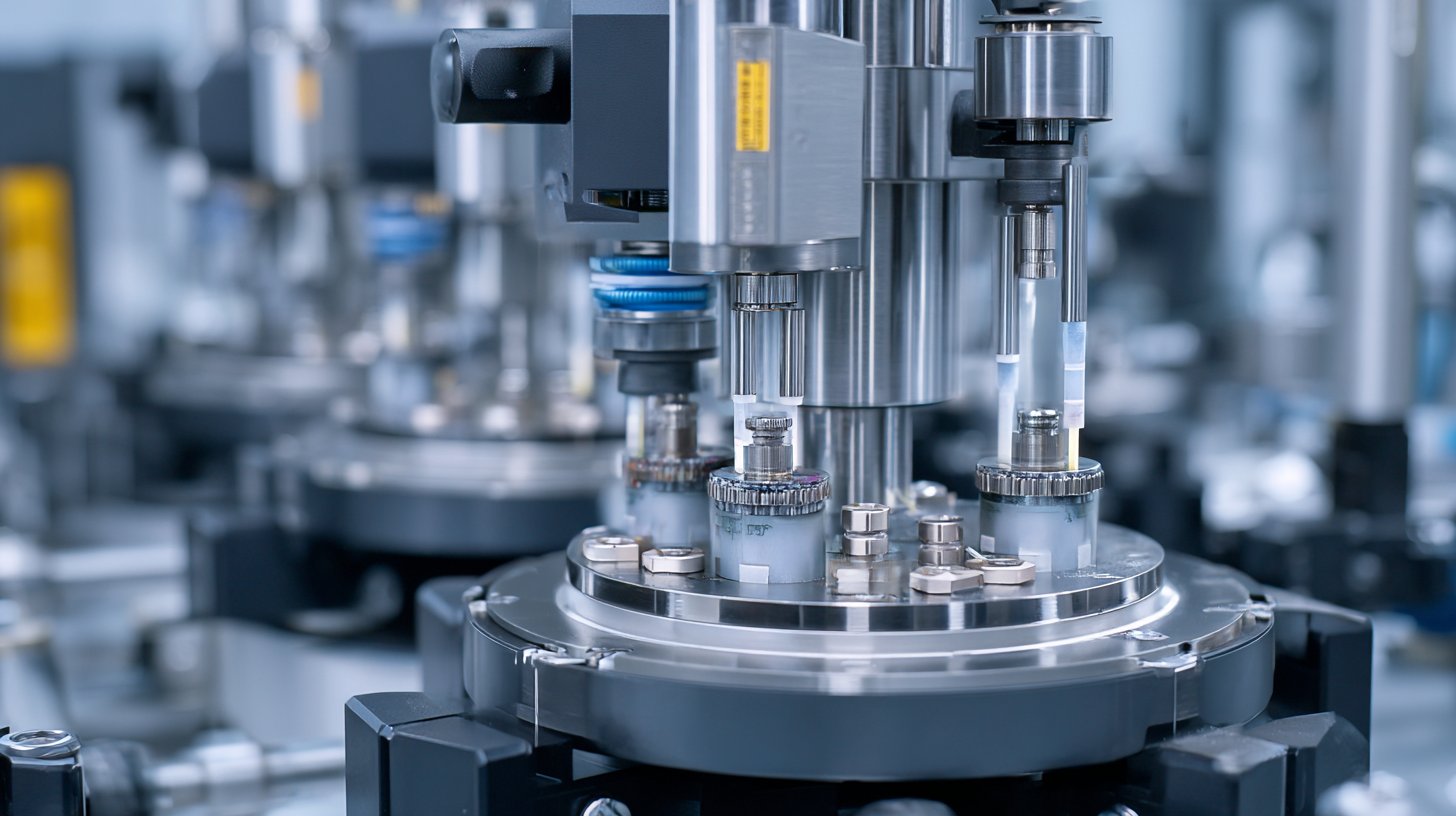 Micro dosing pumps play a pivotal role in advancing sustainable production practices across various industries, especially in the field of biodiesel made from renewable feedstocks such as microalgae. These precision dispensing devices ensure accurate and efficient transfer of liquids, minimizing waste and maximizing yield. By controlling the precise amounts of raw materials, micro dosing pumps contribute significantly to optimizing the chemical processes involved in converting microalgae biomass into biodiesel, thus fostering a more sustainable energy landscape.
Micro dosing pumps play a pivotal role in advancing sustainable production practices across various industries, especially in the field of biodiesel made from renewable feedstocks such as microalgae. These precision dispensing devices ensure accurate and efficient transfer of liquids, minimizing waste and maximizing yield. By controlling the precise amounts of raw materials, micro dosing pumps contribute significantly to optimizing the chemical processes involved in converting microalgae biomass into biodiesel, thus fostering a more sustainable energy landscape.
Tips: Consider implementing regular maintenance checks on your micro dosing pumps to enhance their efficiency and longevity. This can help avoid costly downtime and ensure consistent production quality. Additionally, investing in advanced monitoring systems can provide real-time insights into the dispensing processes, further improving accuracy and resource management.
Additionally, innovative irrigation technologies, such as rain hose systems, complement the use of micro dosing pumps in sustainable practices. These systems enable efficient water usage, ensuring that crops like blackgram receive the necessary hydration with minimal waste. By integrating micro dosing pumps with advanced irrigation techniques, producers can significantly boost productivity while also addressing food security challenges in regions like sub-Saharan Africa. This holistic approach aligns with global sustainability goals, pointing toward a future where precision and efficiency in production are paramount.
Micro dosing pumps have become essential tools in various industries, especially for applications requiring precision dispensing of small volumes of liquids. However, challenges persist in achieving the desired accuracy and consistency in microliter dispensing, which typically encompasses volumes from 0.1 μL to 1000 μL. Recent studies indicate that variations in pump design and operational parameters can significantly impact performance, leading to either over-dispensing or under-dispensing, which can compromise product quality and increase costs.
To mitigate these challenges, innovative solutions have emerged that focus on enhancing the fluid control capabilities of micro dosing pumps. Advanced technologies, such as piezoelectric actuation and smart sensors, have been integrated into pump systems, allowing for real-time adjustments based on feedback mechanisms. A report from the Precision Dispensing Association highlights that these advancements have improved dispensing accuracy by up to 30%, thereby reducing waste and increasing efficiency in production processes. Additionally, the implementation of automated calibration procedures has been shown to further enhance consistency, providing manufacturers with reliable solutions for their fluid control needs.
The micro dosing pumps market is experiencing significant innovations driven by advancements in technology and an increasing demand for precision dispensing across various industries. With the expansion of applications, particularly in healthcare and the cosmetic sector, these pumps are evolving to meet rigorous standards for efficiency and accuracy. Manufacturers are focusing on developing mechanical micro-pumps, such as piezoelectric and peristaltic pumps, which are designed to provide precise fluid control while minimizing contamination risks. This trend aligns with the growing emphasis on automation and the quest for reliable, user-friendly solutions that enhance product performance.
Future trends indicate that the micro dosing pumps market will continue to thrive, supported by an increasing focus on sustainability and smart technologies. As companies seek to integrate eco-friendly practices within their operations, innovations in materials and designs are paramount. The collaboration between suppliers and brands is also fostering advancements in product development, ensuring that aesthetic appeal, performance, and environmental considerations can coexist effectively. This synergy will likely propel the market forward, as it adapts to meet the evolving demands of consumers and regulatory standards while pursuing growth opportunities in emerging sectors.
